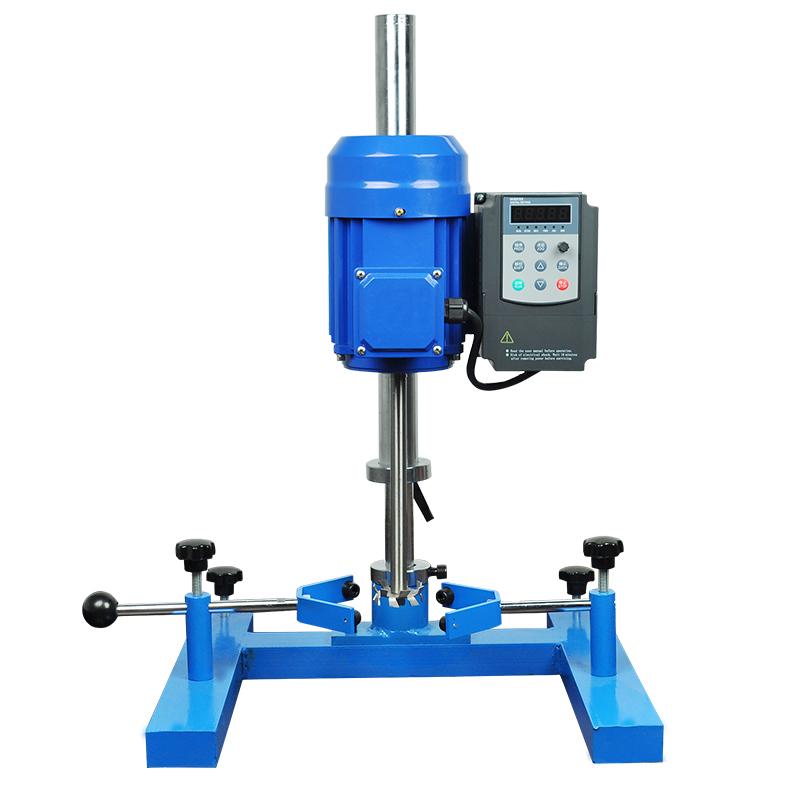Preparation and wide application of waterborne epoxy coatings
Introduction:
Waterborne epoxy coatings are a popular and innovative product in the coatings industry, which has good performance and environmental characteristics and is suitable for a variety of applications. This article will introduce the preparation method of water-based epoxy coating in detail, as well as its wide range of applications, to provide readers with an in-depth understanding of this coating technology.
Preparation method:
The preparation of water-based epoxy coatings is a complex but efficient process that includes the following key steps:
The addition of deionized water and dispersant: First, the deionized water and dispersant need to be injected into the high-speed disperser. Deionized water is the basis of water-based coatings, while the dispersant helps to evenly disperse the solid particles in the liquid to ensure the stability and uniformity of the paint.
Preparation and wide application of waterborne epoxy coatings
The addition of pigments: Next, a series of pigments need to be added, including titanium dioxide, precipitated barium sulfate and mica powder. These pigments not only affect the color and appearance of the paint, but also provide the covering power and weather resistance of the paint.
Partial addition of defoamer: In order to prevent bubbles in the paint, it is necessary to partially add defoamer to ensure that the paint surface is smooth and free of pores.
High-speed dispersion grinding: All components are placed in a high-speed dispersion machine, through the process of high-speed dispersion grinding, the paint is made into a slurry, and the pigment is evenly dispersed into the solution, so that it reaches the ideal fineness (25pm).
Addition of epoxy resin emulsions and other additives: Once the slurry has reached the ideal state, water-based epoxy emulsions, black paste, blue paste, leveling agent, thickening agent and base material wetting agent can be added. The selection and proportion of these additives will directly affect the performance and application characteristics of the coating.
Final mixing: The final step is to stir all the ingredients evenly, ensuring that the various components of the paint are well mixed together for optimal performance.

Preparation and wide application of waterborne epoxy coatings
Scope of application:
Waterborne epoxy coatings have excellent properties, so they are widely used in many fields, the following is a brief introduction to some of the main application areas:
Industrial floor coatings: Water-based epoxy coatings perform well in the protection and beautification of industrial floors. They are resistant to heavy machinery and chemicals while providing a solid ground surface.
Concrete sealing primer: A primer for the surface of concrete, water-based epoxy coatings enhance the durability of concrete, extend its service life, and provide water and corrosion protection.
Interior wall latex paint: Water-based epoxy paints provide an environmentally friendly and durable option in interior painting. Their low VOC (volatile organic compound) formulation makes them a good choice for indoor air quality.
Preparation and wide application of waterborne epoxy coatings
Anti-corrosion coatings: Water-based epoxy coatings have a wide range of applications in the field of anti-corrosion, such as for the protection of pipes, storage tanks and metal structures. They are effective against corrosion and oxidation.
Wood coatings: Waterborne epoxy coatings are also suitable for the protection and beautification of wood surfaces. They offer an environmentally friendly coating option that protects wood from moisture and sun damage.
Inner wall coatings for food containers: Hygiene and safety are of Paramount importance in the food industry. Water-based epoxy coatings can be used to coat internal food containers, ensuring that the coating will not have an adverse effect on the food.
In SUMMARY:
Waterborne epoxy coatings are well known for their good properties and wide range of applications. With careful preparation methods, they can meet the needs of different industries and play an active role in protecting and beautifying various surfaces. In the future, as environmental protection and sustainability requirements continue to increase, water-based epoxy coatings will continue to play an important role in the coatings market, providing more protection and beautification options for our lives and the environment.
